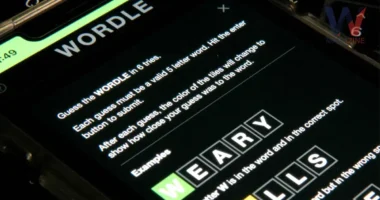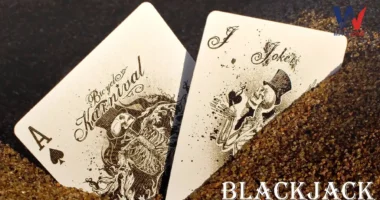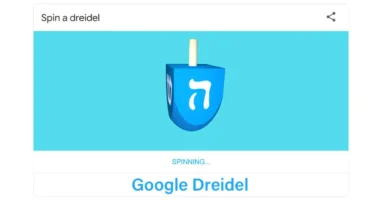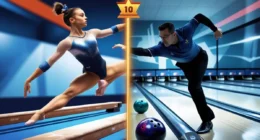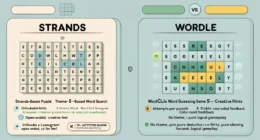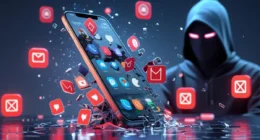Table of Contents
Every coach, player, or fan knows that winning isn’t just about talent. What really transforms a group of athletes into a well-connected, winning team are tiny moments of trust, communication, and shared understanding. These are the connections sports hint, small hints, gestures, or words that add up to a big unity. In this guide, we’ll explore what these hints are, why they matter, and how you can use them right away to boost your team’s connection and success.
What Are “Small Hints” in Sports Teams?
Small hints refer to nonverbal cues, eye contact, gestures, tone, or a quick word of feedback during practice or a game. They are often so subtle that they go unnoticed by fans, but they can speak volumes within the team. These hints include things like:
- A nod or thumbs up after a play.
- A coach’s voice tone during timeouts.
- Players make eye contact before a pass.
- A teammate’s pat on the back after a missed shot.
These may seem minor, but they strengthen connections by building trust, support, and a shared mindset.
Why Small Hints Matter?
1. Enhance Nonverbal Communication
Research shows that teams with strong nonverbal communication outperform others because they can anticipate each other without words. When players pick up on small cues, like a glance or a shift in posture, they know what’s coming next.
2. Build Trust and Confidence
A quick arm bump or nod from a coach tells a player, “I see you, I trust you.” These micro-affirmations build players’ confidence over time. When people feel trusted, they play with more freedom and less fear.
3. Promote Psychological Safety
Small hints foster an environment where players feel safe to make mistakes and learn. When a coach gives a calm, supportive gesture instead of a harsh scolding, it encourages open communication and risk-taking, a key to long-term success.
4. Boost Team Cohesion
Teams that have practiced nonverbal connection, like silent plays or group rituals, grow closer. These hints help athletes feel like they belong, strengthening emotional ties and shared goals.
Key Types of Small Hints That Build Connection
| Hint Type | Examples in Sports Teams | Why It Works |
| Eye Contact | A brief glance before action. | Shows attention and readiness. |
| Body Language | Open stance, leaning in, thumbs-up. | Conveys trust and confidence. |
| Gestures | Hand signals, nods, slaps on the back. | Reinforces unspoken strategies and motivation. |
| Tone of Voice | Calm, encouraging words during drills or pressure moments. | Reduces tension, keeps focus. |
| Physical Touch | Hugs, high-fives, shoulder taps. | Builds warmth and camaraderie. |
How do These Hints Create a True Connection?
1. Shared Awareness
When teammates understand each other’s body cues, they’re not just playing, they’re playing as one. Eye contact before passing shows readiness and alignment. A coach’s supportive tone after a mistake helps the player reset mentally and refocus.
2. Reinforcing Habits
Consistent tiny gestures, like fumbling hands or a thumbs-up, reinforce a team’s playing culture. They let everyone know what’s expected and what’s valued, without needing to discuss it each time.
3. Speed and Flow
In a fast game, there’s no time for long calls or huddles. Small hints keep everyone in sync and the game flowing, as opposing teams scramble to catch up.
4. Emotional Bonding
Small gestures like a shoulder pat after a missed shot silently communicate, “I have your back.” These build emotional bonds over time, making wins sweeter and losses easier to handle.
Real World Examples
The “Silent Signal” in Basketball
Elite teams often use eye contact or pointer gestures to signal a pick-and-roll. This silent coordination only works when players trust each other to follow the hint, and no words are needed.
Coaching Cues in Youth Teams
Youth coaches model body posture, open arms, firm eye contact, to teach players how to warm up together and respect each other’s space. When a coach gives a nod or smile after effort, kids feel seen and supported.
Bench Gestures in Football
Backup players watch the field and subtly alert starters with hand signals. These small hints ensure the team stays ready, even without pausing the play.
How to Use Hints to Strengthen Team Connection
- Train awareness: Include nonverbal drills in practice, eye contact before plays, and silent signals for strategy.
- Model supportive cues: Coaches, players, and leaders should lead by example with positive gestures and a calm tone.
- Standardize hints: Agree on simple, clear gestures (a thumbs-up, open palm) so everyone knows what they mean.
- Reinforce with regular use: Remind the team to use these cues daily, during drills, breaks, or debriefs.
- Review and reflect: After games, ask leaders how hints helped, or didn’t, and adjust.
Quick & Easy Drills to Practice Small Hints
- Silent Huddle Drill: No talking, only gestures and eye contact. Helps players read each other.
- Back camera Review: Record practice, then watch only silences, notice how often hints worked.
- Cue Matching Game: One player gives a hint, another acts. Rotate to build mutual understanding.
Why the Hint Matters?
By focusing on small hints, teams can build deep connections in sports hint that don’t rely solely on spoken plans or raw talent. These moments:
- Enhance trust through consistent, supportive gestures.
- Boost performance by keeping players in sync and mentally sharp.
- Create emotional bonds that last, win or lose.
Start small, try one drill, practice one gesture, model one cue, and see how those hints grow into real team strength.
FAQs
Q1. Aren’t words more effective than gestures?
Words take longer. When players anticipate and respond based on body language, the team operates faster and smoother.
Q2. What if hints are misunderstood?
Start simple. Use obvious gestures first. Repetition and practice build clarity.
Q3. Can adults use the same hints?
Yes. Nonverbal cues work across ages. Adults may add subtlety, but the same principles apply.
Q4. Do hints replace communication?
No, they complement it. Clear verbal instructions is still vital. Hints fill the gaps in fast, high-pressure moments.
Conclusion
True team greatness lies not just in stats, but in the glue that binds players together. That glue is often made of small, intentional hints, subtle signals that build connections, sports hint at a powerful force. Start paying attention to them today and watch your team’s connection and success grow.


